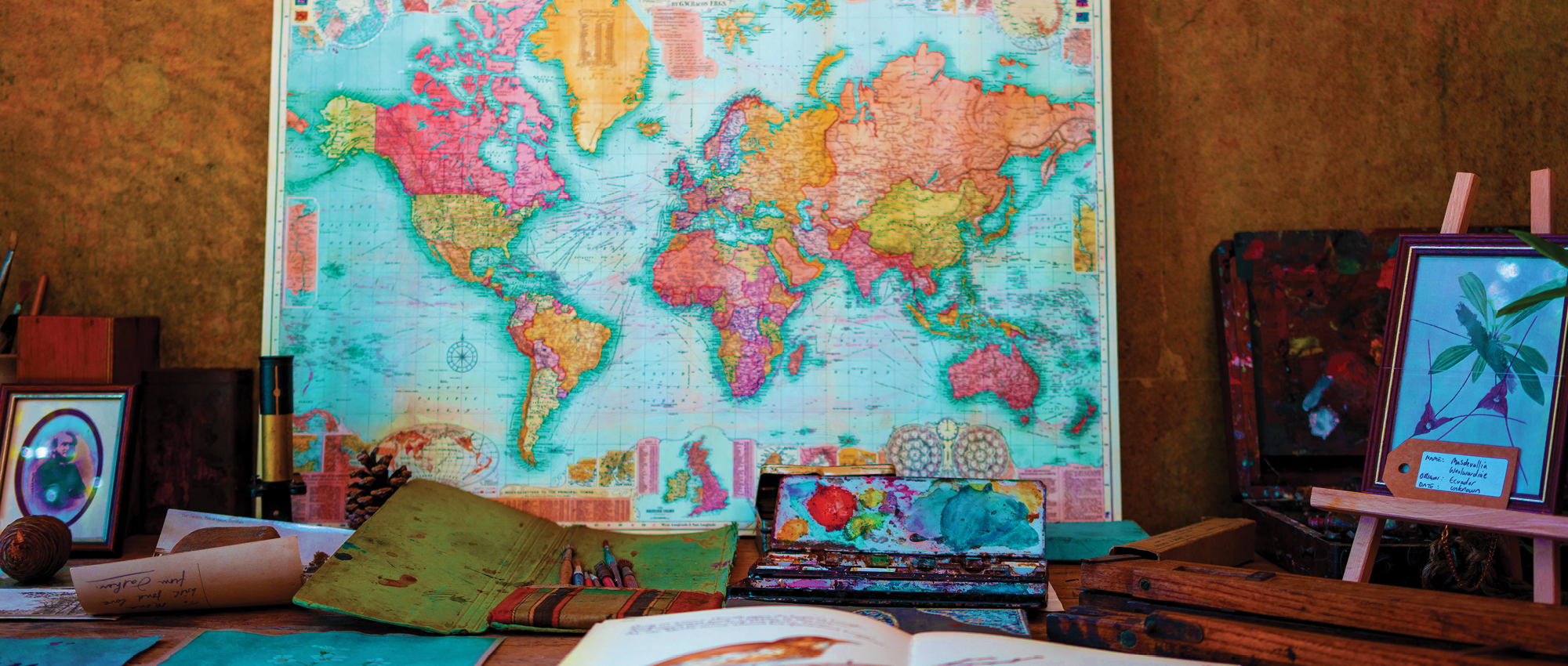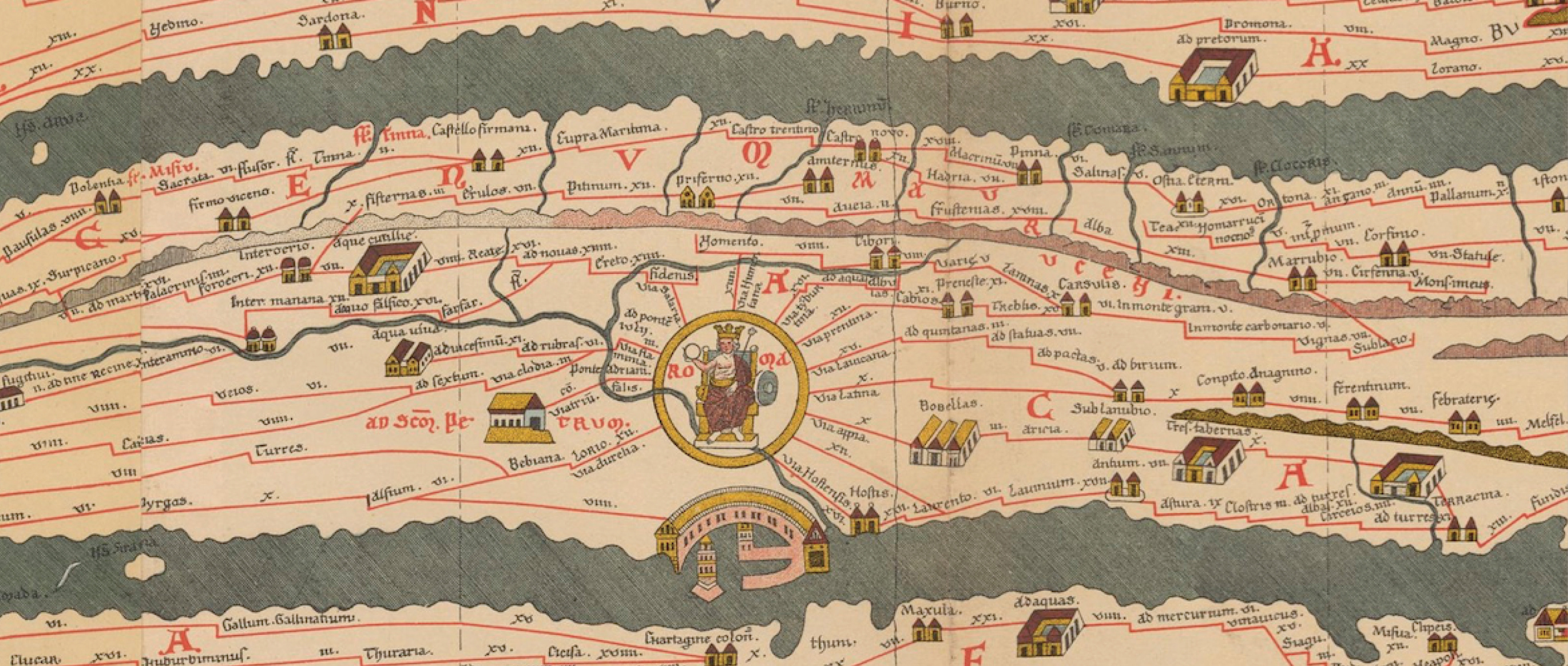Cross-listed with SPAN495B
Guess Who’s Back? Nation and Identity Building in Spanish Early Modern, Modern and Postmodern Drama
X First, Buy X, National Flag Day, patriots’ summits… Not long ago, the End of History and Globalization fostered the expectation of a post-national world, governed by supranational institutions. However, the 21st century has witnessed a resurgence of populism and nationalist movements, reaffirming national and cultural identities. In this evolving landscape—where globalization, deglobalization, and nationalism coexist and compete—it is timely to take a fresh look at the concepts of nation and national identity-building throughout history.
Using Spain as a case study, this course will explore how drama has served as a tool to promote or challenge national identity discourses—from the establishment of the so-called “national theatre” in the 16th century to the end of the transition to democracy and the present day. To do so, we will read several plays and genres (historical drama, tragedy, grotesque drama, farce, tragicomedy, political satire) in their socio-historical context. Particularly, we will discuss 1) topics such as the intersections between kingdom, nation and empire, the construction of an “essential and eternal Spain”, the evolution and re-evaluation of Spanishness, the suitability of having a National Classical Theatre Company (CNTC), the role of memory, or the inteactions between different national projects within the Iberian Peninsula; 2) processes such as the appropriation of traditional figures and values (monarchy, honor, masculinity, family, religion) by different ideologies or the development of methods to exclude others (Jews, Muslims, Indigenous peoples, Republicans, immigrants…) from the nation; and 3) rhetorical and discoursive devices such as the manipulation of History, symbolism (Numancia), allegory or synecdoche (to equate Spanish identity to a part or a group). The course will also pay attention to the discontinuities, paradoxes, contradictions and fissures (racial and gender diversity, resistance, denounce, rebellion, anxiety, schizophrenia) in the plays and their discourses to showcase the incompleteness of the task of consolidate internal unity and provide a better understanding of the Spanish identity crisis. Due to the relevance and applicability of the topic, students will be able to work on their areas of interest (i.e., Latin American contemporary drama, comparing theatre with film or other genres…) for their final research project.
Language of instruction: Spanish
Instructor: Dr. Raúl Álvarez Moreno
Expand all
|
Collapse all
Primary texts:
- Cervantes, Miguel de. El cerco de Numancia (1585).
- Vega, Félix Lope de. El mejor alcalde, el rey (1635).
- García de la Huerta, Vicente. Raquel (1776) o Quintana, José Manuel. Pelayo (1805).
- Álvarez Quintero, Serafín y Joaquín. Los chorros del oro (sainete de ambiente andaluz) (1906).
- Valle Inclán, Ramón María. Farsa y licencia de la reina castiza (1920).
- Torrente Ballester, Gonzalo. Lope de Aguirre: crónica dramática de la historia americana (1940).
- Rodríguez Méndez, José María. Flor de otoño (1973) o Sanchís Sinisterra, José. ¡Ay Carmela! (1986).
- Boadella, Albert. Ubú president o Los últimos días de Pompeya (1995).
- Conejero, Alberto. La piedra oscura (2013).
- Blasco, Lola. ¡Teme a tu vecino como a ti mismo! (2015)
- Ripoll, Laila y Mariano Llorente. Rif (de piojos y gas mostaza) (2022).
Main critical sources:
- Adorno, T. W. and Max Horkheimer. Dialectic of Enlightenment (1944).
- Anderson, Benedicte. Imagined Communities: Reflections on the Origin and Spread of Nationalism
- (1991).
- Álvarez Junco. José María. Mater Dolorosa: la idea de España en el siglo XIX (2001)
- -----. Dioses inútiles. Naciones y nacionalismos (2016).
- Balfour, Sebastian and Alejandro Quiroga. The Reinvention of Spain: Nation and Identity since Democracy (2007).
- Certeau, Michel de. The Writing of History (1988).
- Dangler, Jean. Making Difference in Medieval and Early Modern Iberia (2005).
- Delgado, María and David Gies. A History of Theatre in Spain (2012).
- Fuchs, Barbara. Exotic Nation: Maurophilia and the Construction of Early Modern Spain (2009).
- Gellner, Ernest. Nations and Nationalism (2008).
- González, Cinta C. Nación y constitución: de la Ilustración al Liberalismo (2006).
- Hobsbawm, Eric. Nations and Nationalism Since 1780 (1991).
- Kamen, Henry. Imagining Spain: Historical Myth and National Identity (2008).
- -----. La invención de España. Leyendas e ilusiones que han construido la realidad española (2020).
- Maravall, José Antonio. Concepto de España en la Edad Media (1964).
- Martín-Estudillo, Luis and Nicholas Spadaccini. Memory and Its Discontents: Spanish Culture in the Early Twenty-First Century (2012).
- Nora, Pierre. “Between Memory and History: Les Lieux de Mémorie” (1989)
- Rodríguez Puértolas, Julio. Historia de la literatura fascista española (2008).
- Salgues, Marie. Teatro patriótico y nacionalismo en España: 1859-1900 (2010).
- Sanz, Ismael. E. España contra España: los nacionalismos franquistas (2003).








